Hawaiʻi Sea Grant Blog
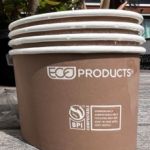
“Can I Get a Straw?”
The Disposable Food Ware Ordinance is a momentous step forward for the City and County of Honolulu, but Hawaiʻi Sea Grant intern Frankki Ramirez has some lingering questions about our best way forward in combatting single-use plastics.
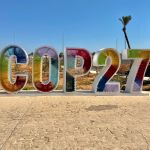
Finding inspiration in the desert: Personal reflections from COP
Mariana Rocha de Souza, one of Hawaiʻi Sea Grant's 2022 Knauss Fellows, shares thoughts on her amazing experience of attending COP27, this year's UN Framework Convention on Climate Change.
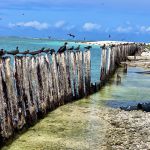
Resilience reports are for the birds: How the seabirds of Lalo are inspiring holistic decision-making
Connecting personally with a protected area is the best way to start the process of saving it. Come read how a trip to Tern Island helped 2021 Grau Fellow Kilo Kaʻawa-Gonzales re-evaluate his understanding of resilience and management.
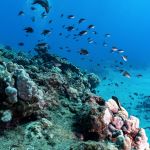
Redefining “success”: The importance of socio-cultural indicators in marine management
We all want healthy reef and coastal ecosystems. But how should we define "success" when talking about management decisions? 2021 Grau Fellow Anita Tsang argues for the importance of including socio-cultural indicators into evaluations of success.
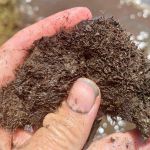
Sneaking up on mud
Join us in our sampling on southern Moloka‘i, where we cut and climb our way through dense mangrove thickets, and to windward O‘ahu, where we wade waist-deep through mud flats to capture just the right mud. And how might one go about capturing that right mud? By sneaking up on it, of course.
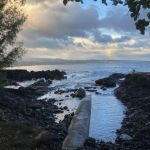
Bacteroides: The clingy bacteria that mammals just can’t shake
Sewage pollution is a leading driver of water quality degradation globally, with multiple human and environmental health impacts. This post explores how researchers are using cutting-edge, next-generation, genomic sequencing techniques to differentiate between sources of sewage pollution in Hilo, Hawaiʻi.

